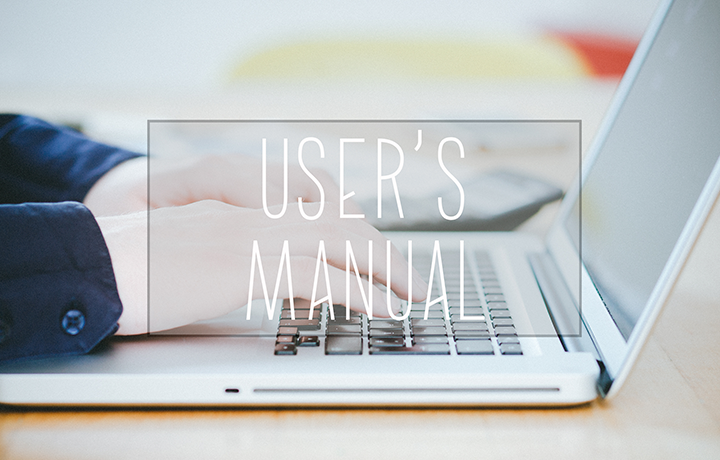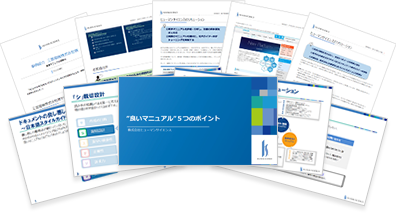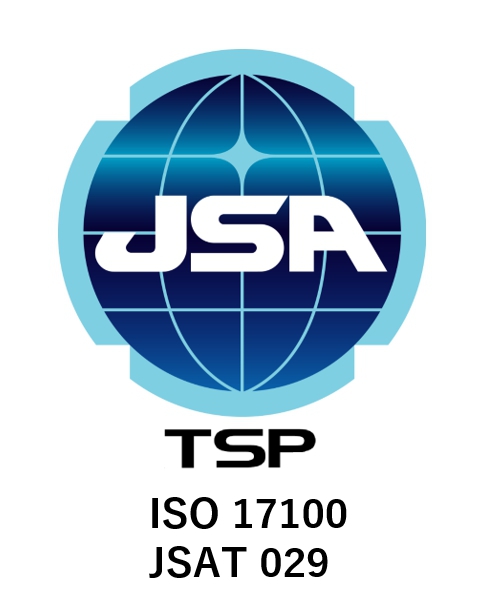
Hello! This is K, a consultant. I usually handle projects for creating and improving manuals for companies in the manufacturing and pharmaceutical industries.
In the previous blog post, "What Are the Results of Optimizing Prompts and Role Assignments? A Case Study of Blog Creation Using Generative AI", we introduced the challenges encountered when considering the business use of generative AI and how we addressed them. In this final installment of the series, we will share the journey of various trials and errors that led to the creation of a workflow that can finally be called "provisionally complete."
- Table of Contents
1. Blog Creation Workflow, Tentatively Completed
In the previous blog, I talked about improving the blog creation workflow that was once created. I tried various prompts and struggled with where to draw the line on how much to rely on generative AI... After much trial and error and verification, I finally completed a workflow that I can confidently say allows for smooth and efficient blog creation. Below is the finalized workflow. The parts in red are different from the initial flow.
1. Outline Confirmation and Adjustment:
While reviewing the outline created by the planner, we roughly consider what kind of manuscript it will be and how the flow of the story should go. If necessary, the outline itself may be adjusted.
2. Draft Creation:
Utilizing generative AI, the draft of the article is written based on the outline created by the planner.
3. Manuscript Finalization:
Review the draft content and add information unique to Human Science.
4. Review:
This step involves sharing the draft with internal stakeholders and having them review it. Reviewers check from the perspectives of whether there are any factual errors in the manuscript, whether the flow feels natural, and whether it is written in an easy-to-read manner.
5. Adjustment:
This step involves reflecting the review results in the manuscript and making adjustments. If necessary, a second review may also be conducted.
6. Submission:
Submit the manuscript to the internal web page administrator.
At first glance, it may seem almost unchanged from what was introduced in the previous and the one before last blog posts. From here, we will introduce what points have been further improved as the final finishing touches.
① Further improved the prompts used for "Draft Creation" and "Manuscript Finalization"
For this process, we had prepared prompt templates to ensure anyone could produce outputs of consistent quality, but we searched for even better prompts and incorporated them into the templates.
Lately, my favorite instructions are "Make the content understandable even for teenage students" and "Revise twice." Although this is a subjective evaluation, I feel it results in clearer and more polished writing. Besides blog creation, I often use these prompts when having generative AI produce seminar announcements or email replies.
②Overall, the division of roles was made clearer
This blog creation activity is carried out by multiple people, but there were ambiguous points in the division of tasks within the team. In this workflow improvement, we clearly separated who creates what level of article and at what timing.
Specifically, we restructured the roles as follows.
・Draft Creation Role: Creating drafts of blog articles and transferring them to the blog-specific format
Using ChatGPT or a writing assistance tool, drafts of blog articles are created. Additionally, the drafts are transferred to our company’s blog article format. Adding case studies or personal experiences is the responsibility of the finishing role that follows, so here the focus is on "turning the outline into readable content without changing the amount of information."
The writing assistance tool is a Google Docs plugin developed by our company, which runs ChatGPT on its backend, allowing AI-generated text to be written directly within Google Docs.
For more details, please see "The Journey of Blog Creation Using Generative AI: The Beginning of Considering Its Use in Business."
There are prompt templates for writing the main text and checklists for reviewing the AI-generated output, so no matter who performs the task, a consistent quality can be maintained.
・Finishing Role: Verification of Blog Article Reliability and Adding Originality
We verify the reliability of all information included in the draft. This involves checking sources, backing up data, and cross-referencing expert knowledge. To prevent the spread of incorrect information, we also consult with in-house experts as needed regarding manual creation. Additionally, we enhance the blog article's originality by adding our own experiences and case information to the draft.
By organizing roles in this way, we received feedback from the team members saying, "It's easier than before" and "Efficiency has improved." Since each person can focus on their own area of responsibility, the hesitation of "Should I be the one to make changes here?" has decreased, allowing for smoother handoffs to the next person in the workflow.
At this point, some of you might be thinking, "But clarifying each person's role division isn't really related to generative AI, is it?"
Indeed, this perspective is not unique to generative AI. However, this initiative originally started to improve the efficiency of blog creation and to prevent reliance on specific individuals, so the division of roles among people was also an important point of improvement.
Looking back now, by constantly visualizing the workflow, accurately identifying points where "this process is not quite right," sharing issues with stakeholders, and continuing trial and error without forgetting the purpose of the initiative, we may have been able to consider the use of generative AI without deviating from the foundation of business improvement.
As a manual production company, we visualize and organize our clients' operations daily, create manuals aimed at business improvement while sharing issues with our clients, and we believe we were able to leverage this know-how when introducing generative AI as well.
2. Beyond Workflow Completion: Scaling Up the Initiative
Since the blog creation workflow was finally completed, we decided to scale up the blog creation activities a bit more.
We reached out to members who had not been involved in blog creation, shared the ways to use generative AI and good prompts learned through previous discussions, and had them write blog articles. The aim was to encourage those in the group who had not yet engaged with generative AI to actively use it.
We actively encouraged the new members to "take this opportunity to use generative AI extensively," and received comments such as "Using generative AI allowed me to work more efficiently." Since these members usually engage in manual creation, they found blogging somewhat unfamiliar and challenging, but they were able to appreciate the convenience of generative AI.
What was even more interesting was that some members began comparing outputs from multiple LLMs (large language models), understanding each model's characteristics, and selectively using them according to their needs. For example, they would say, "The output from GPT is better for this part," or "Let's adopt Claude's output for this section." All the new members who joined had extensive experience in manual creation and were, in a sense, professionals at crafting clear and easy-to-understand text. Because of this, they were naturally able to switch between multiple LLMs and unify the overall flow and tone seamlessly. Whether to incorporate this usage into the workflow is currently under consideration.
Of course, regarding the utilization of generative AI, which is a new technology, we believe there is still room for further consideration. Since technological advancements progress rapidly, the prompts we currently consider good may need to be reviewed again in the future. Moving forward, it will be necessary to continue reviewing and improving the workflow to further streamline and standardize the blog creation process. However, at this point in time, we feel that we have found one form that can be called the "optimal method."
By introducing generative AI into the blog creation process this time, the time required, which used to be about 3 weeks to 1 month when writing was done entirely by hand, was shortened to approximately 1 to 2 weeks. This is roughly a 50% reduction.
3. Summary: Coexistence with Generative AI
In a series of three blog posts, we introduced the design story of a blog creation workflow using generative AI. Through this series of efforts, we reaffirmed the strong recognition that generative AI is by no means a magical tool, but a "powerful auxiliary tool" that expands our creativity and expertise and supports our work.
As I wrote in the previous blog, in today's world with generative AI, continuing writing work is not about confronting and defeating generative AI, but rather about how writers (humans) can take the lead while making generative AI an ally and incorporating it into the workflow. In other words, it is about coexistence with generative AI.
Upon careful consideration, writers, who are professionals at organizing information clearly and conveying it to others, may be a profession that can easily coexist with generative AI. For example, a good way to write prompts—meaning a structured style that avoids misunderstandings no matter who reads it—is similar to giving precise instructions to new employees. Whether the counterpart is generative AI or a human, the essence of communicating clearly is the same. With that in mind, it might actually be writers who are best at giving effective instructions to generative AI.
Now, the coexistence with generative AI has only just begun. Moving forward, we will continue to closely monitor technological advancements and actively explore new ways to utilize it, aiming for a future where we can leverage the strengths of both humans and generative AI to create higher-quality content. We hope that our experience will be of some help to those who are also considering the use of generative AI.
Previous Two Blogs:
The Journey of Blog Creation Using Generative AI: The Beginning of Considering Its Use in BusinessWhat Are the Results of Optimizing Prompts and Role Allocation? A Case Study of Blog Creation Using Generative AI
Here is the list of blogs related to manual production published by Human Science:
Manual Production / Instruction Manual Production Blog List | Human Science Corporation









































































 Manual creation
Manual creation Director, Writer
Director, Writer In-house Support
In-house Support Video
Video Manual
Manual Manual Creation
Manual Creation One-Stop Service for Manual Creation
One-Stop Service for Manual Creation Manuals and Documents
Manuals and Documents



